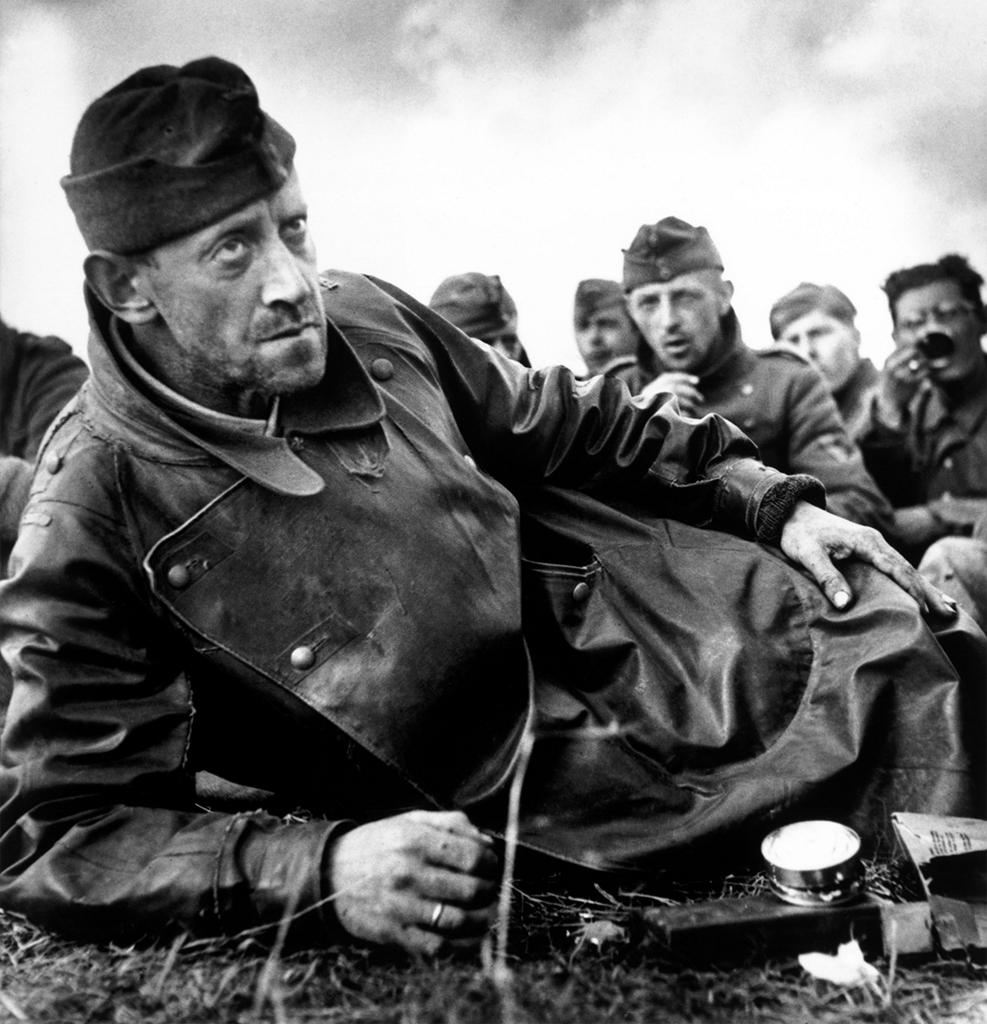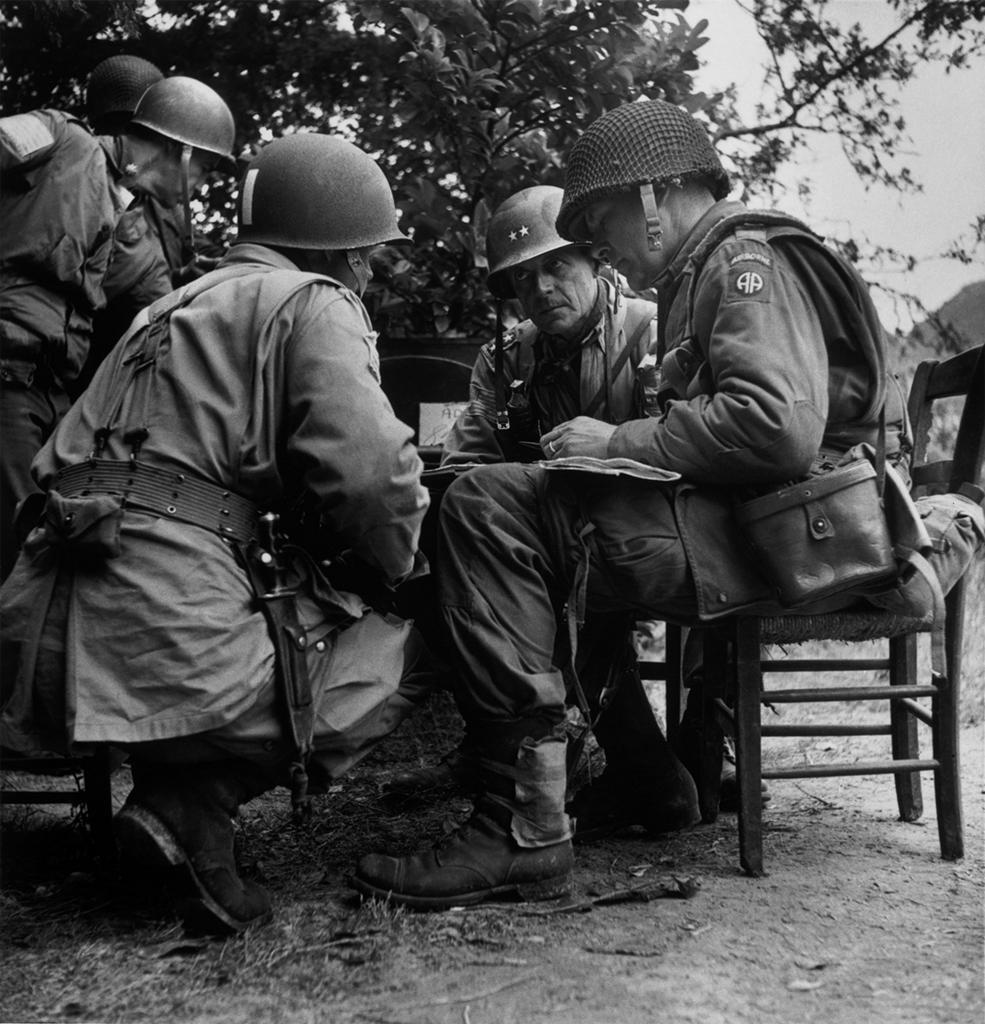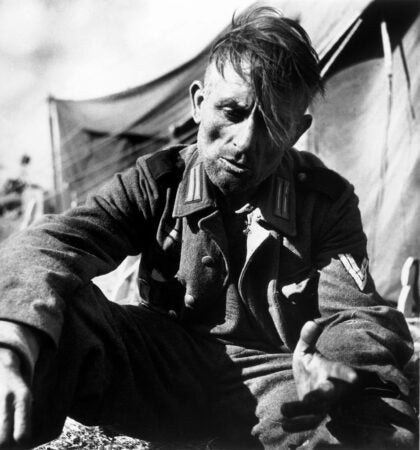
The more than 350,000 photographs in the Artstor Digital Library are not only there for the study of art—they also tell stories of our past. One of the best examples is that of Robert Capa’s breathtaking photographs of Omaha Beach on D-day in German-occupied France on June 6, 1944.
That day Western Allied forces landed on the beaches of Normandy in France and began the effort to liberate Europe from Nazi Germany. The invasion was originally planned for May 1stbut was delayed due to bad weather. Finally, on June 6th, 156,000 Allied troops stormed the beaches—losing between 2,400 and 4,000 lives—and Robert Capa was there to capture it on camera.
Capa risked his life as the first photographer on the beach that day, and in the process he not only captured the truth of a crucial historical moment, but strengthened his reputation as photojournalist-as-narrative-hero, part of the action he depicts. In his memoir, Slightly Out of Focus, he recalls struggling to reach the beach with the soldiers of Company E, camera in hand and under heavy fire: “Waist-deep, with rifles ready to shoot, with the invasion obstacles and the smoking beach in the background – this was good enough for the photographer.”
Capa not only captured the fighting, but also soldiers strategizing.

He also photographed German soldiers who were taken prisoner by the Americans.
After D-Day, Capa continued photographing WWII, documenting even small but striking moments of rest and kindness.
Born Endre Friednmann in 1913 in Budapest, Hungary, Robert Capa is thought by many to be the greatest war photographer in history, and in addition to his D-Day photographs he’s remembered for closely documenting the harrowing drama of the Spanish Civil War.
In 1947, Capa founded Magnum Photos with Henri Cartier-Bresson, David Seymour, George Rodger, and William Vandivert. Motivated by their experiences of the Second World War, the four created Magnum to develop a new type of photojournalism, mixing reportage with artistry. According to Cartier-Bresson their mission was—and is—to share “community of thought, a shared human quality, a curiosity about what is going on in the world, a respect for what is going on and a desire to transcribe it visually.”
See more of Capa’s stunning photojournalism, as well as more than 100,000 historical photographs from Magnum Photos, in the Artstor Digital Library.
– Stephanie Grossman
Marketing Associate





